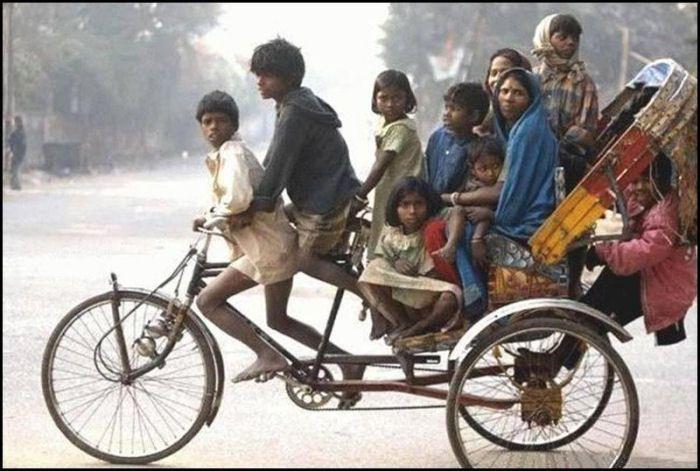
OPEC OIL UP 120,000

Oil production from the Organization of the Petroleum Exporting Countries (OPEC) totaled 31.4 million barrels per day (b/d) in July, up 120,000 b/d from the June level of 31.28 million b/d.
Kingpin producer Saudi Arabia accounted for almost all of the increase, pumping an additional 100,000 b/d to take its July output to 10.45 million b/d, the survey showed. Smaller increases of 50,000 b/d, 30,000 b/d and 20,000 b/d came from Angola, the United Arab Emirates (UAE) and Iran, while Algeria, Libya and Nigeria shaved output by a collective 80,000 b/d.
The July total is the highest volume pumped by OPEC since August 2012, when the survey estimated the group's output at 31.54 million b/d. Then, however, OPEC was trying to reduce production towards the 30 million b/d ceiling that had come into force in January 2012. That ceiling remains OPEC's official output volume, but there is no mechanism in place to enforce it.
Indeed, despite oil prices having slipped below $50/barrel and with the prospect of additional crude flows from Iran in a few months' time, there is no sign that OPEC's Saudi-driven market share policy is about to change in the short term, noted McQuaile.
On July 14, Iran and six world powers reached a landmark nuclear deal, which, if finalized in December, should see sanctions lifted, including the oil and financial sanctions that have slashed Tehran's crude exports to around 1 million b/d from previous levels of 2.2-2.3 million b/d. Iran says it can supply an additional 1 million b/d within six months of the removal of sanctions.
The continuing battle for market share between OPEC and non-OPEC producers has been well documented. Now, with Iran poised to export more oil, the market share spotlight has homed in on OPEC itself. Iran has made clear that boosting exports to the still-growing markets of Asia will be a priority when sanctions are lifted. But competition is already rife in Asia as suppliers from far afield try to find new markets for barrels no longer needed in the United States and with Iraq already exporting its increased southern production eastward. And there's another producer challenging the traditional supply rankings in Asia -- Russia.
Saudi Arabia has been producing at elevated levels above 10 million b/d since March. Oil minister Ali Naimi said in April that he expected production to continue at around 10 million b/d. There has been no indication from either him or from other senior Saudi oil officials that Riyadh may reduce output below this level any time soon.
Libyan production, meanwhile, slipped again in July, to 390,000 b/d from 410,000 b/d in June, as technical problems at fields in the east of the country continued to keep output down.
There had been hopes that production would rise quickly after an end-June agreement with tribal leaders to reopen a key oil pipeline linking major oil fields Sharara and Elephant to export infrastructure and the lifting of a six-month force majeure at the Ras Lanuf export terminal.
But the Petroleum Facilities Guards, which protect the 220,000 b/d capacity export facility at Ras Lanuf, said they would not allow any vessel to dock there to load crude as they had not had explicit instruction from the officially-recognized, Tobruk-based government to allow exports to resume.
And despite hopes of a breakthrough at Sharara and Elephant, no oil has begun to flow.
youroilandgasnews.com
-----
More:





